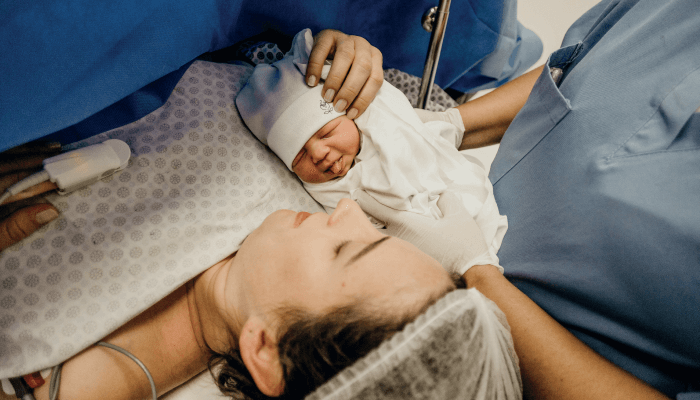
Leber’s hereditary optic neuropathy (LHON) is a maternally inherited disorder caused by a point mutation in the mitochondrial DNA. It most often presents with rapid sequential bilateral loss of vision over weeks to months, with the second eye involved in 97 percent of patients by one year from onset. Patients are typically between 15 and 35 years of age, and 80 percent are men. Over 90 percent of patients are left legally blind, with less than 20/200 vision. The most common mutation in LHON patients is at the 11,778 position of the mitochondrial genome in the ND4 gene, accounting for 70 percent of patients.
“At Wills, we have been involved in three Phase III clinical trials – all sponsored by Gensight Biologics – to study intravitreal gene therapy with GS010 in this blinding disease,” explains Mark L. Moster, attending physician on the Neuro-Ophthalmology Service at Wills Eye Hospital and Professor of Neurology and Ophthalmology at the Sidney Kimmel Medical College of Thomas Jefferson University. GS010 consists of the normal ND4 gene associated with an adenovirus vector and a mitochondrial targeting sequence.
To date, it has not been possible for researcher to have DNA enter the mitochondria directly. Therefore, the process employed is allotopic expression, where the gene enters and is transcribed in the nucleus of the ganglion cell and then the RNA is transported to the mitochondrial membrane where it is translated and the ND4 protein is translocated into the mitochondria.
Moster continues: “Since 2016, we have participated in the RESCUE, REVERSE and REFLECT studies of intravitreal injection of GS010 for LHON (1, 2, 3). I have been principal investigator at Wills, alongside subinvestigator Adam A. Debusk and clinical coordinator Maria Massini. Our retina specialist performing the injections is Julia Haller. Together, we have recruited a total of 33 patients in these three trials – more than any other site in the study. The data reading center for all three of the clinical trials is the Annesley EyeBrain Center, headed by Bob Sergott.”
Though results for REFLECT are not yet available, findings have been promising from RESCUE and REVERSE. These trials consisted of an injection of GS010 in one eye and a sham injection contralaterally within six months of visual loss (RESCUE) or 6-12 months (REVERSE). The primary outcomes in these studies is the change from baseline in LogMAR Va in treated eyes vs sham eyes. To everyone’s surprise, both eyes in both studies saw improvement in visual acuity.
At 96 weeks, there was a mean improvement of 28.3 letters in the treated eye and 24.5 letters in the sham eye compared with the nadir (the patients’ worst visual acuity) in the REVERSE study. In the RESCUE study, there was a mean improvement of 26.3 letters in the treated eye and 22.8 letters in the sham eye. If one considers a -0.3 LogMAR improvement of 3 lines of Va a responder, then 76 percent of REVERSE and 66 percent of RESCUE patients responded. This compares with a natural history of around a 5 percent responder rate in prior publications.
As the primary endpoint was predefined as a comparison of the GS010 eye to the sham eye, and both eyes have improved, the trials have not met their primary endpoint. Interestingly, a similar trial in China with unilateral injection found that six of eight patients improved in the injected eye, but four of those also improved in the contralateral eye.
To further understand how the contralateral eye improved, some preliminary animal studies performed in Europe have focused on examining both eyes after unilateral injection; at three months, GS010 was detected in both eyes, both optic nerves, the optic chiasm, and both lateral geniculate nuclei. Although studies are still ongoing, the team believes that bilateral improvement is likely a biologic effect directly related to the unilateral GS010 injection.
References
- Clinical Trials (2020). Available at: https://bit.ly/319qYLp.
- Clinical Trials (2020). Available at: https://bit.ly/39BWSE8.
- Clinical Trials (2020). Available at: https://bit.ly/3jKcM3M.
